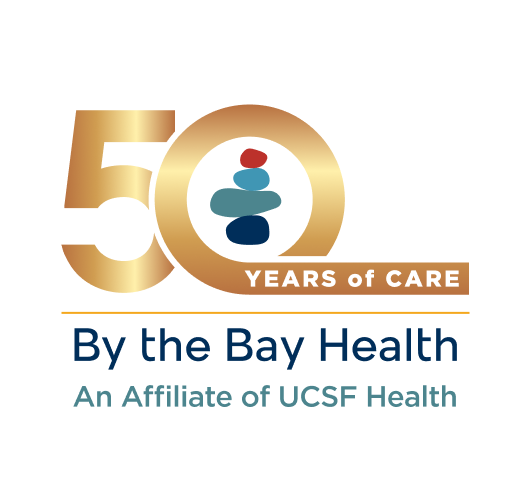Extraordinary dedication during unprecedented times
“The other day I admitted a patient who’d designated her daughter as trustee. Her daughter lives in Texas and due to Coronavirus restrictions couldn’t get to California, so we had to complete the paperwork electronically. As her signatures came through email one by one, she cried over the phone, “Never in my wildest dreams could I imagine not being at my mother’s bedside while she is dying.” That one experience made it crystal clear to me what all of this is about.”
 Michele Rullo’s responsibilities as an Admissions Nurse for Hospice by the Bay (HBTB) actually haven’t changed much since the onset of COVID-19. While many of us work remotely — safely sheltered at home, occasionally shouting at our dropped VPN connections — Michele and HBTB’s nurses continue their work as usual in patient’s homes. Admissions nurses typically visit two new patients per shift, and never see the same patient twice. Once Michele completes an intake, a care team is assigned and she moves on to the next new patient, then the next, and the next. She serves on HBTB’s front line — a line that constantly changes.
Michele Rullo’s responsibilities as an Admissions Nurse for Hospice by the Bay (HBTB) actually haven’t changed much since the onset of COVID-19. While many of us work remotely — safely sheltered at home, occasionally shouting at our dropped VPN connections — Michele and HBTB’s nurses continue their work as usual in patient’s homes. Admissions nurses typically visit two new patients per shift, and never see the same patient twice. Once Michele completes an intake, a care team is assigned and she moves on to the next new patient, then the next, and the next. She serves on HBTB’s front line — a line that constantly changes.
Many of us would be fearful entering so many new homes during a viral pandemic, but Michele sees it differently. “If I call a new home for pre-screening and determine that no one has COVID-19 symptoms or traveled outside the U.S. recently, I feel pretty good about going in. I have my mask and gloves, and follow all the precautions HBTB requires. We constantly receive fact-based updates from Dr. Kai (HBTB Chief Medical Officer, Kai Romero), and our leadership sets proactive policies. All of it helps me do my job well, with confidence.”
Before COVID-19, intake visits lasted up to two hours with a patient and their family. Now the goal is to minimize the amount of time nurses spend in a patient’s home by pre-screening basic questions, signing papers in advance of the visit, and requesting that only one family member be in the house for intake. If additional family members must participate, they’re asked to observe on their devices from other rooms or remote locations.
“It’s a lot more work to do intake visits now, especially when families insist that several members participate,” explains Michele. “Sometimes I feel like an on-site IT, hosting video chats with multiple locations. But it’s what we do to ensure social distancing and keep everyone safe.”
Occasionally, unexpected moments remind Michele why she loves her job. “The other day, I got to help a caregiver reposition a patient. It’s such a simple, everyday thing for a nurse to do but before COVID I rarely had time to do that. On this visit, I’d arrived right after the ambulance staff transferred the patient as they typically do — dumping piles of linens and draw sheets onto the bed, leaving the caregiver to rearrange everything and position the patient. With much of the paperwork completed in advance of my visit, I was able to take some time and demonstrate to the caregiver how to arrange the pillows and linens to best support their patient’s specific comfort needs. Helping that patient was like food for my soul. I felt so grateful for the experience … like I really accomplished something that day.”
Michele feels very lucky to still have face-to-face connections with patients, because employees working at home don’t get to see and interact with many other people right now. “Our job, COVID-19 or not, is to help families through an extremely challenging and stressful time in their lives by providing compassionate care and comfort for their loved ones. Seeing patients every day is what I look forward to. It keeps my whole world going.”

